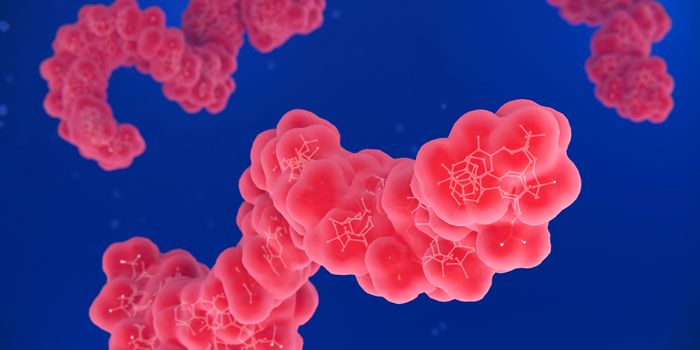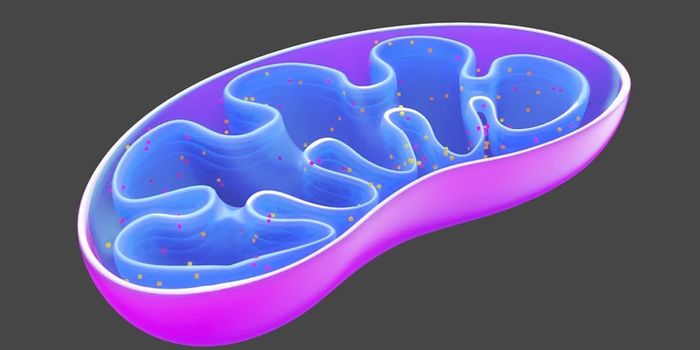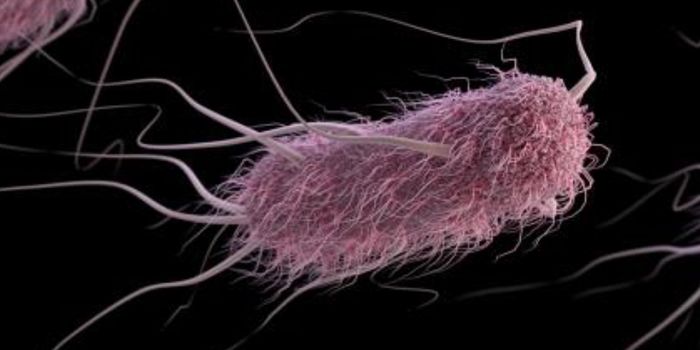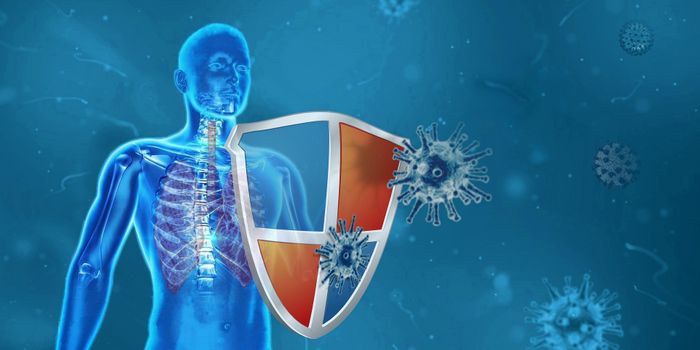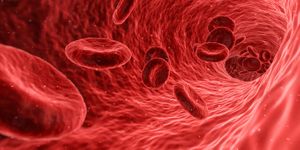Light Therapy Developed for Treating Carbon Monoxide Poisoning
According to the Centers for Disease Control and Prevention, everyone is at risk from carbon monoxide (CO) poisoning. The chemical is produced by fire, and whenever fuel is burned, whether in vehicles, stoves, fireplaces, lanterns, gas ranges, or furnaces. CO is colorless, odorless, and is toxic. It causes over 20,000 emergency room visits in the United States every year. CO poisoning causes dizziness, weakness, headache, upset stomach, chest pains, vomiting, and confusion, and can cause death if enough is inhaled; about 400 Americans die from it every year.
Now, scientists at Massachusetts General Hospital (MGH) have found a light-based therapy that can effectively treat a rat model of CO exposure by removing the chemical, and improved the rats' health. The work has been reported in Science Translational Medicine and is outlined in the video.
"Whenever CO intoxication is associated with lung injury, current treatment with pure oxygen is ineffective and sometimes even dangerous. If the development of our technology for larger animals and humans will be successful, this may represent a unique alternative treatment for CO poisoned individuals with concurrent lung injury," said the lead author of the study, Luca Zazzeron, M.D., a clinical fellow in anesthesia at MGH.
When CO is inhaled, it disrupts the body’s ability to transport oxygen in blood because it takes the place of oxygen on a molecule called hemoglobin. The researchers found that visible light breaks the bond between hemoglobin and CO. They found a way to combine light therapy (also known as phototherapy) with an artificial membrane that promotes oxygenation in the blood, a membrane oxygenator, when blood moves through it.
When they compared the device with pure oxygen ventilation using rats that modeled CO poisoning, they found that phototherapy doubled the CO elimination rate in rats with lungs that had not been damaged. In rats that had injured lungs, their phototherapy technique increased CO removal by three times compared with pure oxygen ventilation. More rats that were treated this way also survived.
"Although additional studies are required, in the future, soldiers, firefighters, and civilians exposed to CO may benefit from early treatment with CO removal and phototherapy, in particular those individuals with concurrent lung injury," said Zazzeron.
Sources: AAAS/Eurekalert! Via Massachusetts General Hospital, Science Translational Medicine

